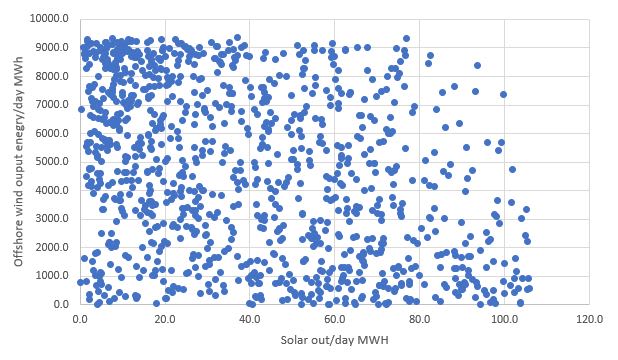GregLocock
Automotive
Rough out a fossil fuel free system for a given populated area to replace a 1 GW coal power station, at 2020-2022 prices. use 1 year of hour by hour weather observations
Rules
maximum of 1 month per year scheduled downtime
1 hour per year unscheduled dark due to lack of storage.
No extension leads.
No hydro using naturally occurring sites for both basins (they're already in use)
30 year design life.
I'm selecting a local power station, now gone, in Anglesea Victoria. It has fairly good windpower prospects, including offshore. I'm using the weather observations from a town just along the coast called Airey's Inlet, or Hairy Singlet.
Cheers
Greg Locock
New here? Try reading these, they might help FAQ731-376
Rules
maximum of 1 month per year scheduled downtime
1 hour per year unscheduled dark due to lack of storage.
No extension leads.
No hydro using naturally occurring sites for both basins (they're already in use)
30 year design life.
I'm selecting a local power station, now gone, in Anglesea Victoria. It has fairly good windpower prospects, including offshore. I'm using the weather observations from a town just along the coast called Airey's Inlet, or Hairy Singlet.
Cheers
Greg Locock
New here? Try reading these, they might help FAQ731-376

